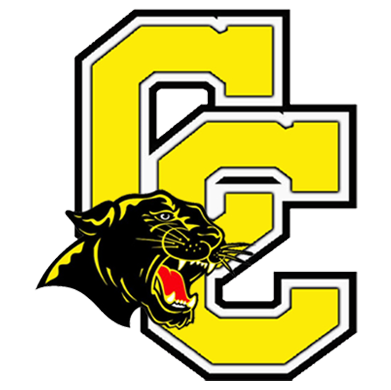Thirty Carroll County Middle School students were chosen to participate in a Summer Learning Program that wrapped up with learning how to fly drones.
The students were invited to participate in the four-week session to study science, technology, engineering and math (STEM) four days a week. “This program is different from traditional summer school. The goals of the Summer Learning Program are to help students become proficient on selected math standards and reading strategies as well as provide an opportunity for all students to apply their learning in Science, Technology, Engineering, and Math (STEM) activities,” according to Mandy Young, Summer Learning Coordinator at CCMS. In addition, the students are charting their own data and seeing in real-time how much they have learned.
Larisa James, who is teaching the STEM class, said the goal is to push the students to move from novice to apprentice and apprentice to proficient.
“Summer Learning has kicked off some amazing opportunities for our students,” added CCMS Principal Dr. Robin Stephenson. “These initiatives will be carried over into the 2023-24 school year. The CCMS STEM program has increased student interest, engagement, and communication.”
The STEM program began with 3D printing as students created a name tag for their backpacks in the first week of summer learning. “There will be a 3D printing lab this year set up for all of the students to begin using, so this was an interesting kick-off to building in a 3D environment,” James said. The second week of STEM was a two-day cooking session with guest speakers and demonstrations and they ended the week with an Egg Drop Challenge. The final two weeks were spent on learning how to code drones for autonomous flight.
“The culminating assessment was a drone rodeo in which students had to use math applications to measure an obstacle course and build their own code to make the drone fly the correct sequence to complete the course,” James said.
Dylan Lemaster, AJ Contreras and Liam Edgerton, all of whom will be in sixth grade, worked together as a team to write the code for their drone’s flight and troubleshoot when it didn’t work as expected.
“It’s fun, but it will be hard because we don’t know how to code,” Contreras said. “We’re all helping each other.”
All three of the boys said they have flown drones before with a remote control, so writing code and using their laptop or phone for control is a big change. According to James, coding is a new concept to all of the students, but the curriculum offers a drag and drop option until the students have mastered these concepts and move on to more difficult coding with javascript and python.
“This is more difficult,” Edgerton said. “I find it more interesting than fun.”
Lyra McKinney, who has served as the drone test pilot because her mom is one of the teachers, said “it’s hard but fun.” She’s been flying the drone for about two weeks.
“It might take us a couple of tries” to complete the rodeo, the incoming seventh grader added.
“I love it when learning is fun,” James said. “Students who participated in these activities were excited about what they were learning and these are all real world challenges that build on 21st century skills that students will need in the workforce.”






